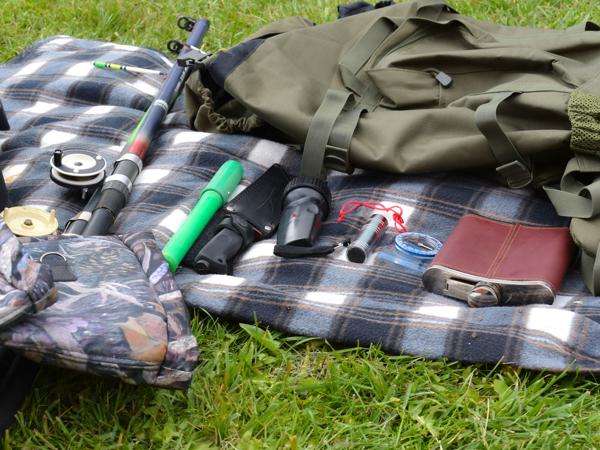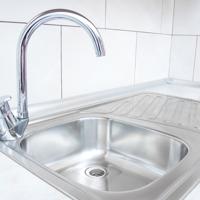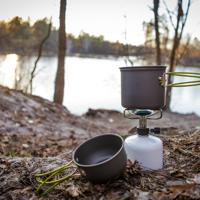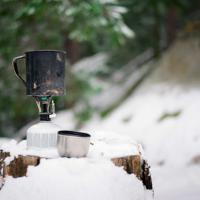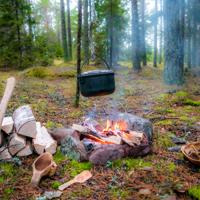When planning for emergencies, it can be overwhelming to decide what gear to include in your survival kit. However, having the right tools can make a significant difference in a dire situation. While each person's needs may vary, there are several pieces of gear that many people find useful. Let's dive into the world of survival gear and explore some essentials.
1. Multi-Tool
A multi-tool is often regarded as an indispensable part of any survival kit. These handy devices combine several tools into one compact unit. A typical multi-tool includes pliers, knives, screwdrivers, and scissors, among other features.
Example: The Leatherman Wave+ is popular among many outdoor enthusiasts, offering 18 different tools in one functional design.
2. Survival Knife
A reliable knife can serve multiple purposes, such as cutting rope, preparing food, or even starting a fire. It's critical to choose a knife that suits your needs and feels comfortable in your hand.
Example: The Morakniv Companion is a sturdy and budget-friendly option that can be widely utilized in various survival scenarios.
3. Fire Starters
Being able to make a fire is crucial in emergency situations. Fire provides warmth, helps in cooking food, and serves as a signal for help.
Example: Fire steel or ferrocerium rods, like the Light My Fire Swedish FireSteel, are durable and effective even in wet conditions.
4. Portable Water Filter
Water is vital for survival, and having access to clean water is non-negotiable. Portable water filters can purify water from streams, lakes, or rainwater.
Example: The Sawyer Mini Water Filter is lightweight and can filter up to 100,000 gallons of water.
5. First Aid Kit
Accidents can happen, and having a first aid kit can address minor injuries swiftly. A good kit contains bandages, antiseptics, tweezers, and pain relief medications.
Example: The Adventure Medical Kits Ultralight/Watertight .9 is compact yet comprehensive, making it suitable for various situations.
6. Emergency Blanket
Emergency blankets, also known as space blankets, help retain body heat during cold conditions. They're lightweight and take up minimal space in your kit.
Example: The Swiss Safe Emergency Mylar Thermal Blanket reflects up to 90% of body heat and can serve multiple uses.
7. Flashlight or Headlamp
Lighting is crucial when navigating through darkness. Flashlights and headlamps provide vital illumination and can also be used as a signaling device.
Example: The Black Diamond Spot Headlamp delivers good brightness and comes with different light settings.
8. Paracord
Paracord is a versatile material that can be used for building shelters, fishing, or securing gear. Strong and lightweight, it proves invaluable in many situations.
Example: Look for a 550-rated paracord for its strength and dependability.
9. Compass and Map
Technology might fail, but traditional navigation tools like a compass and a map can guide you when lost.
Example: A basic Silva Starter 1-2-3 compass paired with a local map can be a lifesaver.
Conclusion
Equipping yourself with these essential tools can increase your preparedness for emergencies. Each piece serves a particular purpose, and together they create a well-rounded kit. Remember, while it's hard to predict when emergencies will happen, being prepared is a practical step towards safety. Always tailor your gear to suit your specific needs and the environment you expect to encounter.
